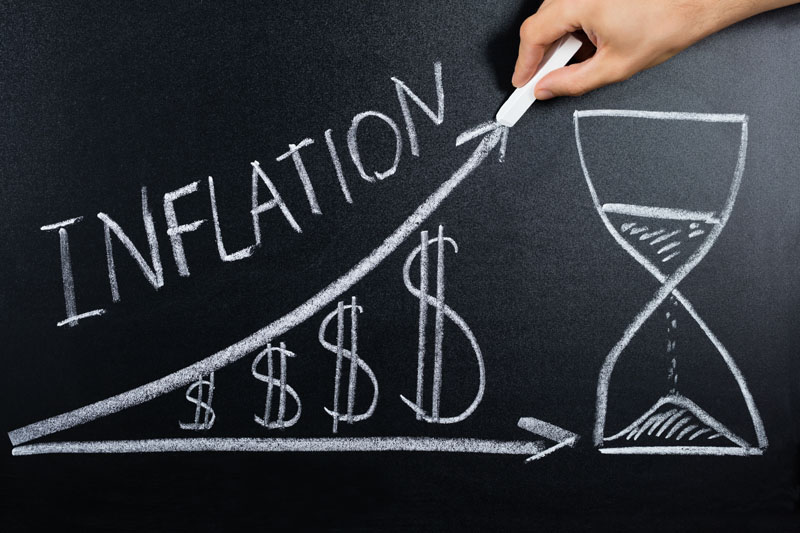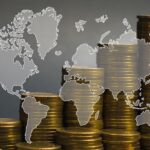Experiencing Hyper-Inflation
THANK YOU FOR POSTING A REVIEW!
Your review was sent successfully and is now waiting for our staff to publish it.

(February, 20, 2024 - Barry Stuppler)
Since I was born in the United States in 1944, I have never experienced Hyper-Inflation or watched a currency quickly being devalued. I have read many articles and books on the German Weimar Republic Hyper-inflation in the 1920’s. By July 1922, prices had risen by some 700 percent, and hyperinflation had arrived. The government had to print million-mark notes, then billion-mark notes. By November 1923, one U.S. dollar was equivalent to 1,000 billion and then a trillion marks. A wheelbarrow full of money couldn't buy a newspaper.
I traveled to Buenos Aires, Argentina earlier this month. I stayed at the Park Hyatt and prices were what I expected. But when I left the hotel to shop, have meals and a take taxi cab. I saw what hyper-inflation and currency devaluation was all about. When I was planning this trip in January, I looked up the value of the Argentinian peso and it was 600 pesos to 1 U.S. Dollar. When I arrived in Argentina the official rate was 900 pesos to a Dollar.
My first experience was buying a pair of shoes for my wife, Renee. The shoes were priced at 60,000 Pesos or $66.00 at the official exchange rate, which was a bargain, as a comparable pair would sell for $200 in the U.S. However, when I went to pay the cashier, she asked if I was an American and could I pay in U.S. currency. I said yes, and she gave me a 1,300 peso to a Dollar exchange rate, making the price of the shoes $46. Taxi cab rides were a joke, $1 to $2 for a 15-to-20-minute drive. But the best example was a first-rate dinner.
Before I left for Argentina, I found that one of the best restaurants in Buenos Aires was Don Julio. Don Julio had a Michelin star and was considered one of South American’s finest. I had a difficult time making reservations, but the hotel concierge took care of it. We had an excellent dinner at Don Julio’s with appetizers, steaks (500-gram filet mignon), sides, wine and dessert for both of us. A truly delicious meal and the price on the menu had been updated from 37,000 pesos to 52,500 pesos, a 41% increase. The meal with a 18% tip was only $62.00 in U.S. currency. This was a meal that would easily cost $300 or more in Los Angeles.
Watching a currency self-destruct is an extraordinary event. In the past year, the Argentina peso has gone from 192 pesos to a dollar to 900 or more pesos today. In conversations with Argentinian citizens (cab drivers and restaurant workers) they shared how difficult it was to was to live and pay for everyday purchases. They purchase quantities of staples in advance of usage, and try to make long-term commitments for rent and car rentals.
Argentina is not a third world country and what will happen to their economy is catastrophic. The Argentine central bank holds about 61 metric tones (largest gold holdings in Latin America), but their currency isn’t backed by gold.
We, in the United States, are seeing a similar devaluation of our currency. In the year 2000, the price of gold was $275 per ounce, and now it’s over $2,000 per ounce. With our national debt over $34 Trillion Dollars and record trade deficits, I’m very concerned about the value of the U.S. Dollar in the near future.
I worry about the Chinese Yuan replacing the U.S. Dollar as the world’s reserve currency and how that would affect commodity prices. China has massive national assets in gold and world currencies and a growing trade surplus. It’s trying to convince the International Monetary Fund members that it’s a better currency for a world reserve currency. If that happens, we could wake one morning and see the U.S. dollar price of gold at $20,000 per ounce.






